Unusual, exotic, and thrilling. These are just a few of the adjectives that come to mind when I think of Nintendo’s cube-shaped masterpiece, the GameCube RPGs.
It was the first time Nintendo introduced a console that used optical discs rather than cartridges, which drew third-party developers and offered them more freedom.
Moreover, while its competition, the PS2, is recognized for its huge abundance of RPGs, the GameCube offers a tiny but beloved roster of role-playing titles that any RPG enthusiast should investigate.
But what makes a good role-playing game?
Is it the battles, the tactical puzzles, or the places and stories that stick with you?
To be honest, all of the games on this list of the best GameCube RPGs have all three.
We love RPGs, and we like to think we know good role-playing standards like a baker knows good sourdough.
We’ll look at the finest of the greatest in this list.
- 27. Yu-Gi-Oh: The Falsebound Kingdom (2002)
- 26. Beyblade: Super Tournament (2002)
- 25. Digimon World 4 (2005)
- 24. Pokémon Colosseum (2004)
- 23. Pokémon XD: Gale of Darkness (2005)
- 22. Summoner: A Goddess Reborn (2003)
- 21. X-Men Legends II: Rise of Apocalypse (2005)
- 20. Harvest Moon: A Wonderful Life (2004)
- 19. Harvest Moon: Magical Melody (2006)
- 18. Virtua Quest (2005)
- 17. Lord of the Rings: The Third Age (2004)
- 16. Lost Kingdoms (2002)
- 15. Lost Kingdoms II (2003)
- 14. Evolution Worlds (2002)
- 13. Gladius (2003)
- 12. Megaman X Command Mission (2004)
- 11. The Legend of Zelda: Twilight Princess (2006)
- 10. The Legend of Zelda: The Wind Waker (2002)
- 9. Final Fantasy: Crystal Chronicles (2004)
- 8. Baldur’s Gate: Dark Alliance (2003)
- 7. Skies of Arcadia Legends (2003)
- 6. Phantasy Star Online Episodes 1 & 2 (2003)
- 5. Fire Emblem: Path of Radiance (2005)
- 4. Tales of Symphonia (2004)
- 3. Baten Kaitos: Origins (2006)
- 2. Baten Kaitos: Eternal Wings and The Lost Ocean (2004)
- 1. Paper Mario: The Thousand-Year Door (2004)
27. Yu-Gi-Oh: The Falsebound Kingdom (2002)
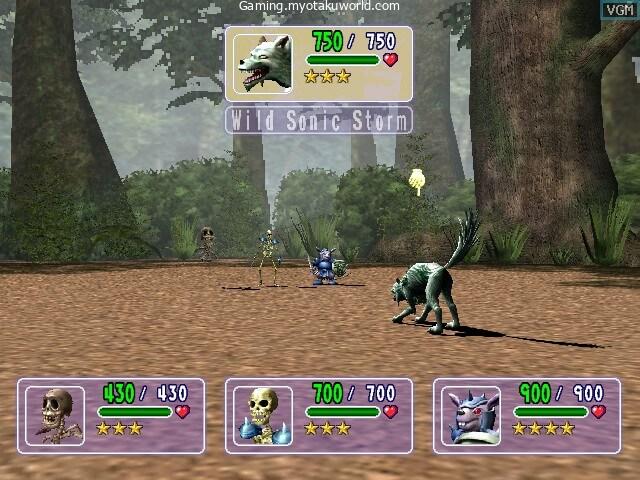
Yu-Gi-Oh: The Falsebound Kingdom is the 19th best GameCube RPG of all time, according to this nerdy list!
You-Gi-Oh fans with GameCubes have probably already bought this game, since it’s the only one in the series available for the system.
It also moves away from the usual card-based gameplay of the anime series and has more of a Lost Kingdoms vibe, with turn-based RPG fights and real-time events thrown in for good measure.
You can fight as Yugi or Seto Kaiba to win battles and finish missions. In the game, you can control 177 monsters from the series. Choosing the right troops for the job is important if you want to win.
Even though reviewers didn’t like this game, I’ve always loved it.
I think it keeps enough of the series’ feel while adding something new, and regular readers know that I love books that try to do something different and offer something new.
Try it out and tell us what you think on the Retro Dodo socials!
26. Beyblade: Super Tournament (2002)

Beyblade V Force: Super Tournament is the first game on our list of the best GameCube RPGs of all time.
Every weekend, my friends and I would watch Beyblade and play this game after watching WWF Smackdown and then the Pokemon TCG show and drooling over cards we could never buy.
It’s a simple role-playing game in which players beat opponents, earn money, and buy or improve their Beys.
That’s a spinning top, not a way to show your partner you care.
Team Rocket is part of Pokemon, and Team Psychic is a part of Beyblade. Your job is to stop Team Psychic at every turn, which is much easier to do with an electric squirrel than with a spinning top.
I’m joking; there are other cool teams to beat, like the Blade Breakers, whose name sounds like a schoolyard gang now that I’ve written it down.
The fight graphics are still very exciting, and the game’s story will make you want to play it again every time you have to turn it off.
25. Digimon World 4 (2005)
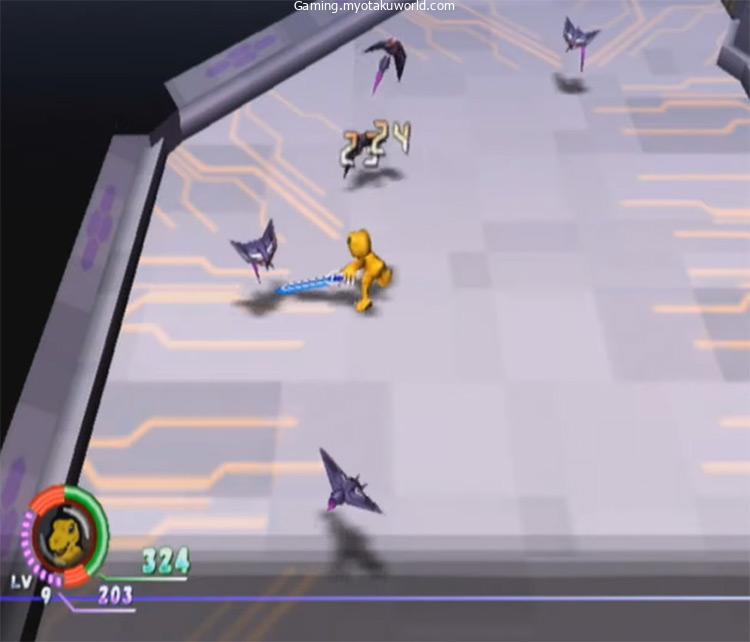
When the “X-Virus” computer virus spreads throughout the Digiverse, it’s up to you and the members of the Digital Security Guard to stop it and save the planet from corruption.
Digimon World 4 was a one-of-a-kind entry in the popular series.
Rather than being a turn-based RPG like its predecessors, the game incorporates Action/RPG gameplay in which the playable Digimon use hack-and-slash weapons such axes, swords, and guns.
Even better, the game keeps certain series classics like Digivolution. If you play your cards well during the campaign, Dorumon, Veemon, Guilmon, and Agumon can all Digivolve.
24. Pokémon Colosseum (2004)
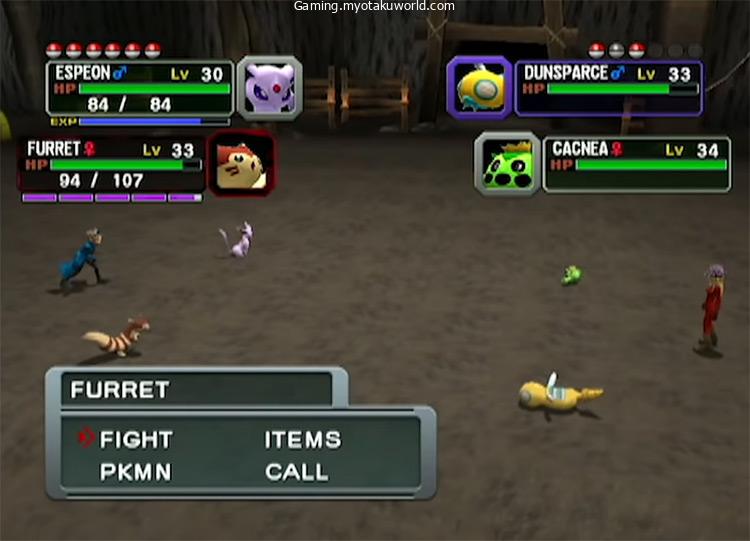
When the “X-Virus” computer virus spreads throughout the Digiverse, it’s up to you and the members of the Digital Security Guard to stop it and save the planet from corruption.
Digimon World 4 was a one-of-a-kind entry in the popular series.
Rather than being a turn-based RPG like its predecessors, the game incorporates Action/RPG gameplay in which the playable Digimon use hack-and-slash weapons such axes, swords, and guns.
Even better, the game keeps certain series classics like Digivolution. If you play your cards well during the campaign, Dorumon, Veemon, Guilmon, and Agumon can all Digivolve.
23. Pokémon XD: Gale of Darkness (2005)
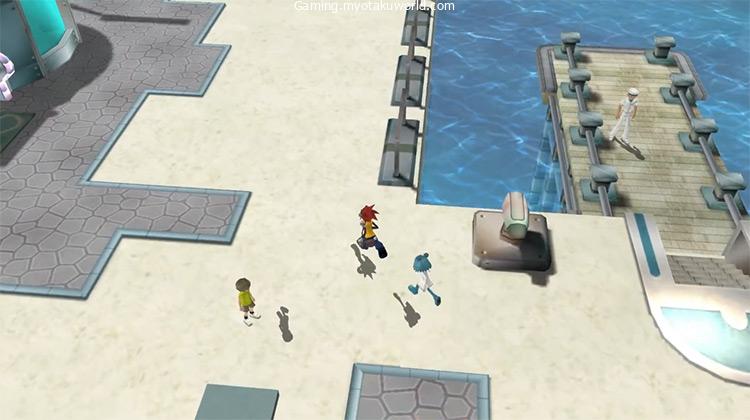
The sequel to Pokémon Colosseum had much of the same edgy appeal as its predecessor.
However, it improved the game’s mechanics and aesthetics significantly.
This time, you’ll be journeying alone in search of Shadow Pokémon, who are corrupted replicas of their previous selves manufactured by Team Cipher by “closing their hearts.” Once caught, you can gradually cleanse them with your other Pokémon, or swap them to your GBA Pokémon games and back.
It has more Pokémon, a more concentrated tale, and several more obstacles than its predecessor.
I particularly like the Mt. Battle 100 Trainer challenge, which added several hours to the game’s length.
If you like Pokémon, you should definitely try this one.
22. Summoner: A Goddess Reborn (2003)
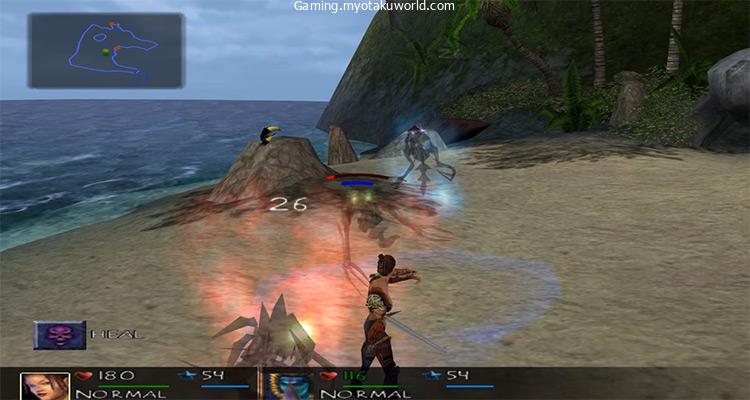
If you liked the pause-and-play gameplay in Star Wars: KOTOR, you’ll love Summoner: A Goddess Reborn.
It uses the same mechanisms as an RPG to combine strategic thinking with the spectacular fights of an Action game.
You play as Maia, the Queen of Halassar and the reincarnated Goddess Laharah, hence the game’s title.
She may transform into a variety of strong beasts, assisting your three-person team in overcoming hazardous foes on their way to rescue the realm.
This game is actually a sequel to the first Summoner on the PS2, making it Summoner 2 – however the name was changed so GC owners didn’t go insane trying to find the first one.
21. X-Men Legends II: Rise of Apocalypse (2005)
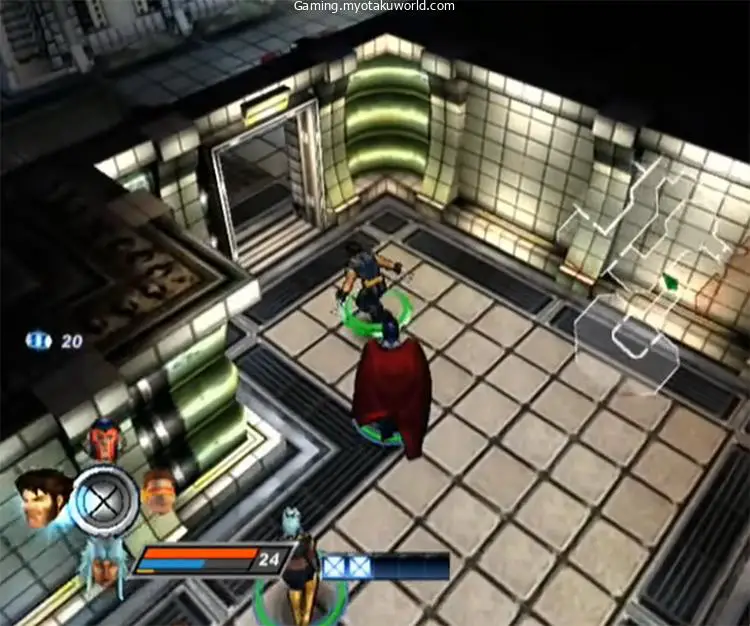
Superhero games have never been my thing. X-Men Legends II, on the other hand, is an oddity.
This game is entertaining, varied, and one of the best Western RPGs I’ve played.
You’ll lead squads of mutants from the X-Men and the Brotherhood of Mutants, who have been forced together by the existential menace of Apocalypse.
While the game is excellent on its own, it may also be played together for a more dynamic and exciting experience.
The first X-Men Legends game was likewise fantastic.
However, with Legends 2 providing a better storyline, more characters, and overall superior gameplay, the sequel comes out on top.
20. Harvest Moon: A Wonderful Life (2004)

Harvest Moon may not strike you as an RPG.
But it matters because you level up your talents, develop your tools, and perform tasks for the locals.
This Social Sim/Farming Sim allows you to take over a farm and begin transforming it into the center of the community. Still, the emphasis isn’t solely on farming; you’re also expected to make friends with the locals and develop a sense of belonging.
The game follows your farmer through many stages of their life, such as marriage, childrearing, and finally their golden years.
The idea that your character could age was a major deal when it initially came out (especially when contrasted to other Harvest Moon titles at the time).
19. Harvest Moon: Magical Melody (2006)

Magical Melody is not as well-known as HM: A Wonderful Life, but it is every bit as fantastic if not better, thanks to a more focused storyline and more varied gameplay.
Your goal is to awaken the Harvest Goddess, who has been sealed since the local townspeople forgot about her.
You’ll accomplish this by collecting the notes to a “Magical Melody” by completing a series of tasks such as growing a particular number of crops, purchasing a second home, and marrying.
There are numerous activities and mini-games in the game to keep things interesting.
You may also pick whether to play as a guy or a girl, which is a long-overdue boon for female farmers.
18. Virtua Quest (2005)

Virtua Fighter is widely regarded as the first 3D game ever created, but did you realize it also features an RPG spin-off?
Virtua Quest combines aspects of fighting games with action/RPGs to create a one-of-a-kind experience with fascinating gameplay.
You play as Sei, a recently registered Hunter in the Nexus, a virtual universe with global reach.
Despite becoming a Hunter to supplement his income, he swiftly becomes engaged in an epic journey that will lead him all the way across the Nexus.
17. Lord of the Rings: The Third Age (2004)
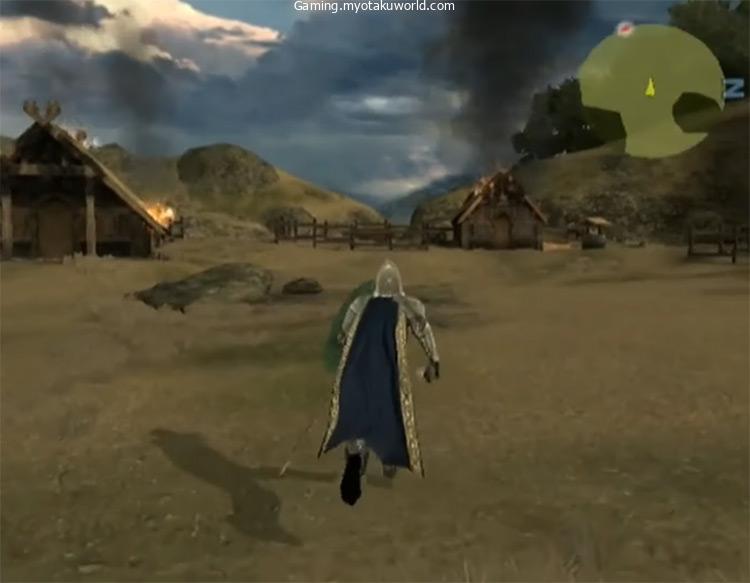
Lord of the Rings: The Third Age on the Gamecube is a must-have for Tolkien fans.
This excellent title is a loose adaptation of the film trilogy, with turn-based RPG gameplay similar to Final Fantasy X.
The game has beautiful graphics and a terrific score, allowing you to thoroughly immerse yourself in your third-person journey of Middle Earth.
Evil Mode, which allows you to direct Sauron’s army against the game’s heroes, is one of the game’s most unusual elements.
If you win, you’ll receive some nice stuff for your primary campaign.
16. Lost Kingdoms (2002)

FromSoftware is best known for the phenomenal Dark Souls series. However, their studio quality was already visible in Lost Kingdoms.
Only Princess Katia, the monster summoner, can stop a wicked black fog from bringing darkness to the five kingdoms of Argwyll.
This odd RPG combines monster-catching and card-collecting mechanics, resulting in a mixture of Pokémon and Yu-Gi-Oh! in a medieval fantasy world.
Its inventive design provides an intriguing and addictive experience that can only be found in Lost Kingdoms.
15. Lost Kingdoms II (2003)
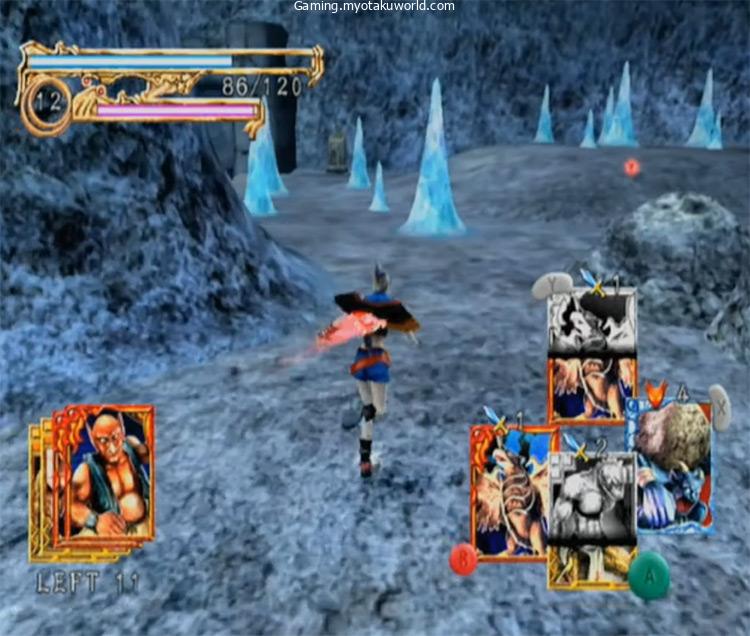
If you like the previous game, you’ll enjoy the sequel even more.
You don’t even need to have played the original game to appreciate Lost Kingdoms 2, as the plots are only tangentially related.
You’ll now take on the role of Tara, a member of the thieves’ guild who is feared by her peers due to her formidable monster-summoning abilities.
She becomes involved in a great journey that will bring her to her old self.
The sequel improved on what the first game did well.
It enhances the monster-catching mechanics, streamlines the deck-building mechanism, and makes the game more frantic overall.
14. Evolution Worlds (2002)
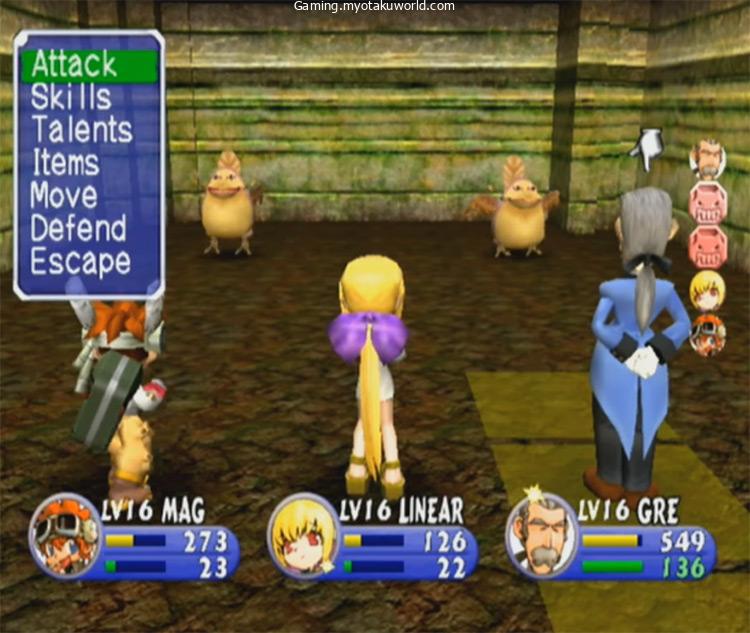
Evolution Worlds combines two Dreamcast ports into one.
The first is a shortened version of Evolution: The World of Sacred Device, which was launched in 1999, and its sequel, Evolution 2: Far Off Promise, which was released in 2000.
These games take place in a world filled with ruins from an old civilization that perished a long time ago. Cyframes – archaic weapons of enormous power that can only be handled by a select few – can be found within these ruins.
The gameplay is standard turn-based RPG stuff, but the incredible story takes it to brilliance.
13. Gladius (2003)

It’s not every day that you come across a turn-based RPG set in ancient Rome, let alone one as fantastic as Gladius.
In this odd title, you’ll recruit and train a new school of gladiators to compete for fame and glory in arenas across the Empire.
After deciding whether to begin in Imperia, a military-minded settlement, or Nordagh, home to witches and wild monsters, you’ll travel through numerous locations based on real-world regions such as Asia and Egypt.
Gladius can’t go wrong with sixteen classes to pick from and good turn-based RPG mechanics.
12. Megaman X Command Mission (2004)
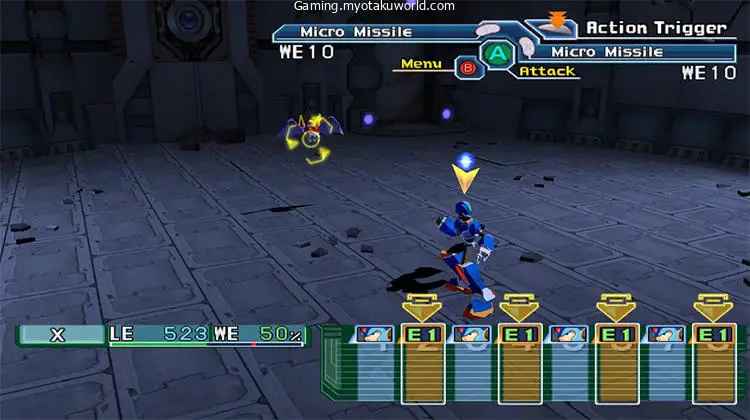
Growing up, I was a huge fan of the Megaman X franchise.
And when I saw a turn-based RPG set in the same universe, I leapt on it like a lion leaps on a gazelle.
Despite its relatively formulaic plot, Megaman X Command Mission offers a unique experience for fans of the brand.
It has wonderful characters, hard gameplay, and tons of intriguing unlockables and secret boss fights that make extended exploring worthwhile.
Just make sure to regularly improve your weapons and stock up on goodies. The game is harsh on the unprepared.
11. The Legend of Zelda: Twilight Princess (2006)
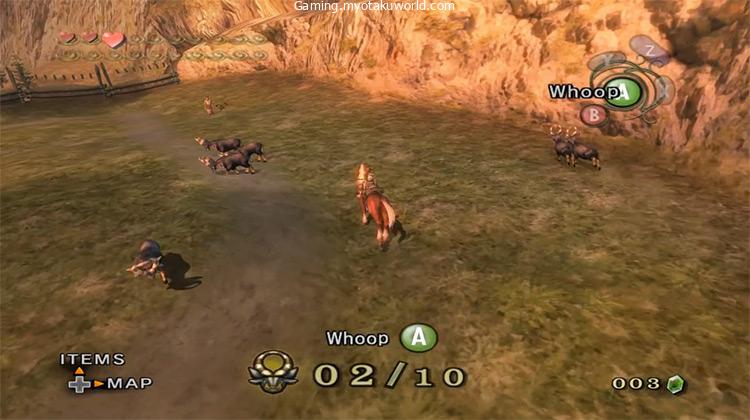
Most people don’t consider TLoZ to be RPGs, but that’s rubbish.
It’s difficult not to recognize the resemblance with weapons and skills to master, unlockable equipment, and a world full of quests and side-quests to do.
Twilight Princess was a one-of-a-kind entry in the series, abandoning the whimsical look of previous entries to reveal a dark and grim Hyrule for you to explore.
It also has a more adult plot with dark shocks at every turn, and the dramatic soundtrack rounds out the package.
Twilight Princess’ combat is one of its strongest points, thanks to greatly enhanced enemy AI from prior games.
If you want to try this game but with fresh features, check out the Switch HD re-release.
10. The Legend of Zelda: The Wind Waker (2002)
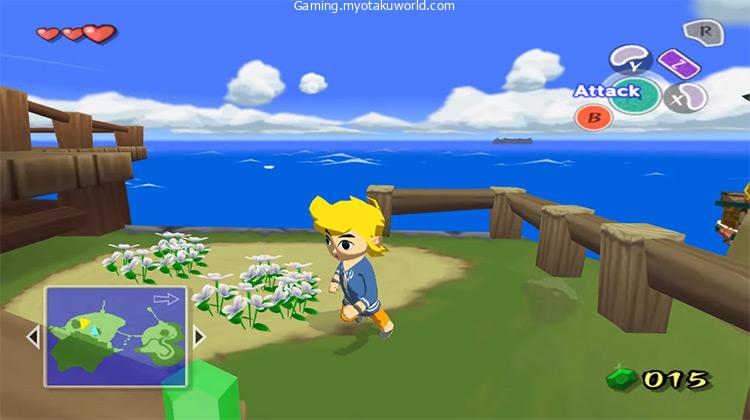
As much as I adore Twilight Princess, I will never be able to forget TLoZ: The Wind Waker.
You’ll ride the waters on the King of Red Lions, your talking ship, and learn about this flooded planet while exploring some of the franchise’s best dungeons and meeting a cast of fascinating characters.
It’s the polar opposite of Twilight Princess in tone. It’s a fun, bright universe with wonderful cel-shaded graphics and a cartoony style that makes every character charming.
9. Final Fantasy: Crystal Chronicles (2004)
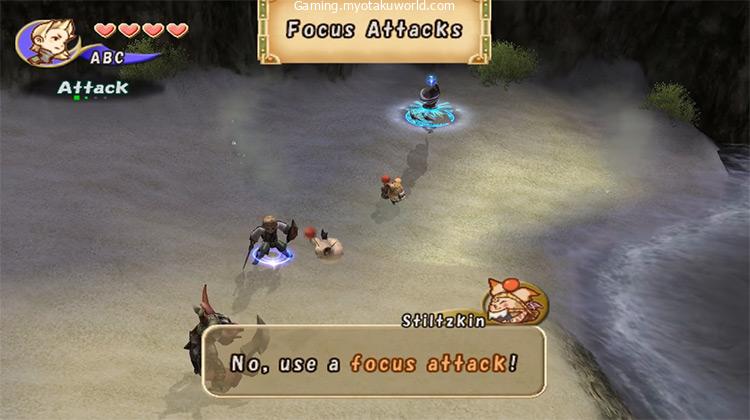
Final Fantasy: Crystal Chronicles is one of the franchise’s most distinct spin-offs.
And among the greatest.
Real-time melee and AoE spell casting replace traditional turn-based fighting in the game.
It’s ideal for playing the game with up to three pals in co-op mode. It’s worth noting that you’ll need a functional GBA and the Link Cable for each of them, but it’s well worth the extra effort.
The game’s visual, which combines a somewhat comical character/enemy style with ethereal settings, is my favorite aspect. It makes each location feel like a step into the unknown.
8. Baldur’s Gate: Dark Alliance (2003)
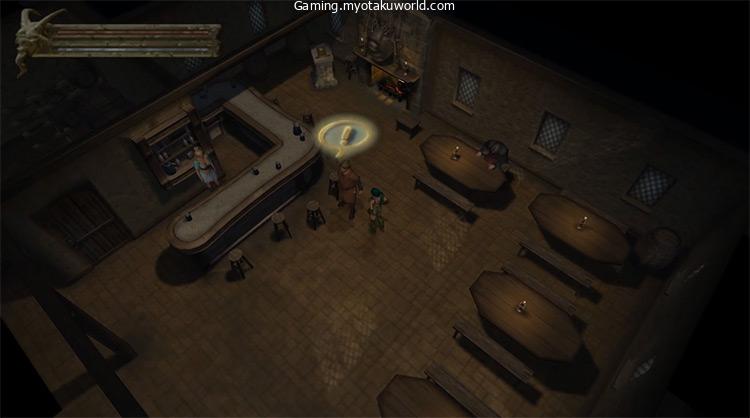
Baldur’s Gate is one of the most well-known and influential isometric RPGs of all time, and the GameCube edition is a fantastic way to play it.
This Action/RPG hack-and-slash title has stunning visuals and an enthralling dark fantasy setting.
You’ll begin as a dwarven fighter, a human archer, or an elven sorceress and work your way through the Sword Coast and the Western Highlands, adventuring, questing (and plundering).
Its gameplay is based on the rules of Dungeons & Dragons 3rd Edition, making it an excellent choice for fans of the original pen-and-paper game.
7. Skies of Arcadia Legends (2003)
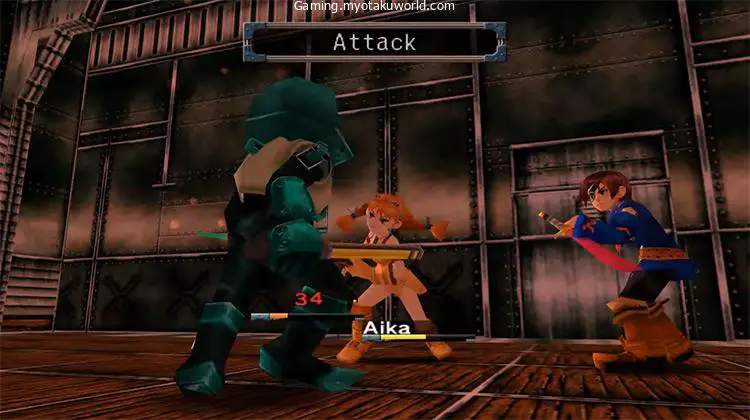
Skies of Arcadia Legends first launched for the Dreamcast, is a great turn-based RPG set in a universe of floating islands full with dungeons to conquer and villages to explore.
The protagonist of the game is a smart young sky pirate in command of his own vessel.
When you’re not fighting classic party-based ground battles, you’ll be directing your airship against enemy armadas and enormous monsters.
The story isn’t really noteworthy. However, its characters are filled out and go through extensive character development. They make it completely worthwhile.
6. Phantasy Star Online Episodes 1 & 2 (2003)
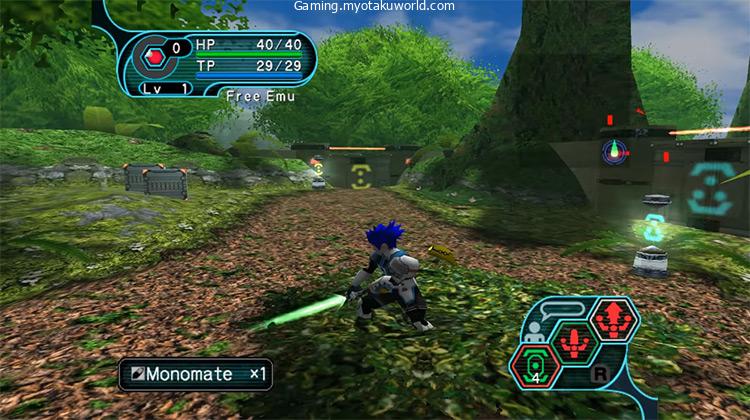
Because of its emphasis on online gaming at a time when most MMORPGs were confined to PCs, Phantasy Star Online was innovative on the Gamecube.
Aside from the attachment that allowed the GC to connect to the Internet, this game sparked the creation of an unusual GC controller with a full keyboard in the middle to allow players to communicate in-game.
PSO Episodes 1 and 2 contain the material of two full games and offer split-screen multiplayer, making it suitable for offline play.
5. Fire Emblem: Path of Radiance (2005)
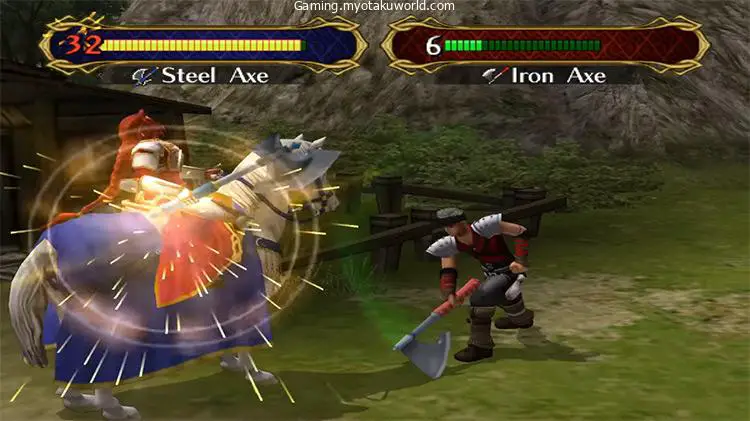
One of the most impactful games of my adolescence was Fire Emblem: Path of Radiance.
It introduced the FE franchise to 3D for the first time, laying the groundwork for the series’ current success.
It follows protagonist Ike and his mercenary band as they fight to protect Crimea and Princess Elincia from Daein’s imperial force.
The plot combines the complexities of geopolitical disputes with more fantastical themes.
As you go through the campaign, you’ll get more units to command on grid-based battlefields, but once they die in battle, they’re gone forever.
You’ve never used your Reset button more than when playing FE: Path of Radiance.
4. Tales of Symphonia (2004)
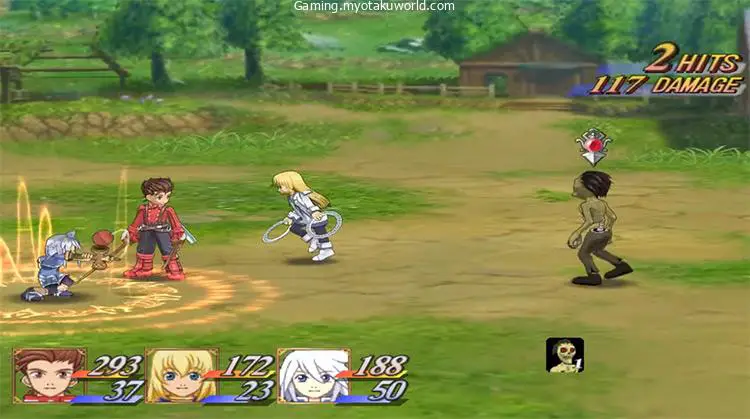
Tales of Symphonia was many people’s first introduction to Action/RPGs, and it was a terrific one.
The game follows teenage swordsman Lloyd Irving and his motley crew of pals as they explore an immense universe and become embroiled in a battle for the fate of the world.
Despite poor voice acting and a curiously confusing plot, the game manages to captivate you with its endearing characters and thrilling real-time battle system.
It even included co-op multiplayer, though only during combat.
3. Baten Kaitos: Origins (2006)
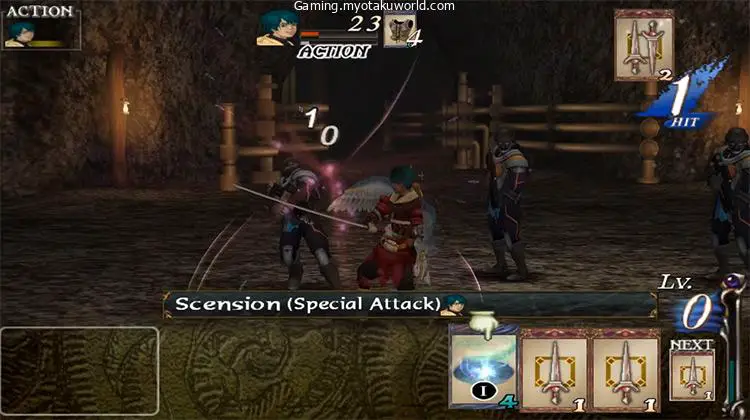
Origins, which was released two years after the first Baten Kaitos, is a prequel that expands on the setting introduced in the prior game.
When compared to its predecessor, it has various mechanical advancements, including a more streamlined card battle system. The voice acting has also been slightly improved, and the characters have received more in-depth development.
With excellent graphics and a brilliant music, BK: Origins might have exceeded the original… if not for the overuse of recycled locations and materials from the first game.
However, if you’ve never played the original, this will feel like a hidden gem.
2. Baten Kaitos: Eternal Wings and The Lost Ocean (2004)
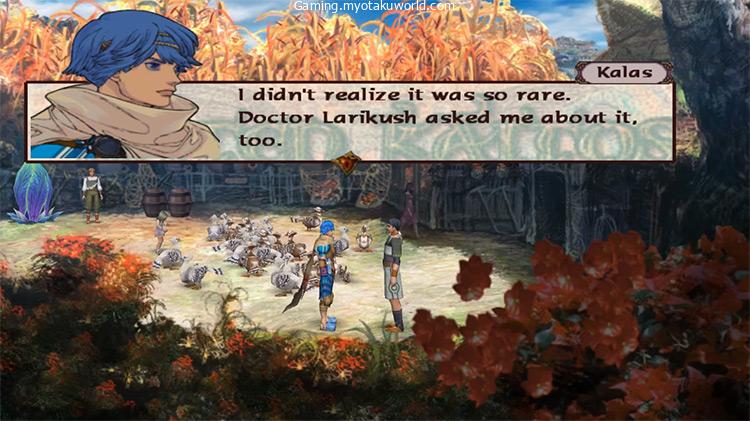
The original Baten Kaitos was a tremendously polished product that pushed GameCube’s graphical limitations and gave one of the best JRPG experiences of the age.
Its turn-based card fighting system was innovative, and it emphasized meticulously creating your deck as much as it did playing your cards wisely during each battle.
The game’s interesting environment of floating islands and its distinct character design are two of its most noteworthy features.
The game has strangely low-quality spoken audio, but it’s otherwise a gem.
1. Paper Mario: The Thousand-Year Door (2004)
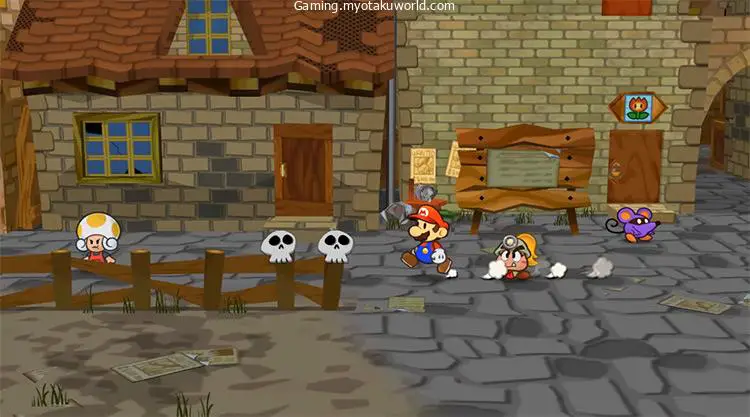
Surprisingly, the best and most memorable RPG on the GameCube is a Mario game.
The second entry of the Paper Mario franchise is full of charm and character. It outperforms all other Mario games.
It has more caustic remarks, fourth wall breaking moments, and overall “mature” comedy than its platformer contemporaries.
It’s also full with tough riddles and secrets to solve. This is classic role-playing material.
The turn-based RPG battles are straightforward but entertaining, allowing you to use “stylish” maneuvers for increased damage by properly timing button presses.
It’s no surprise that subsequent Paper Mario games have failed to live up to PM: The Thousand-Year Door’s delightful characters, wonderful 2.5D graphics, and superb plot.
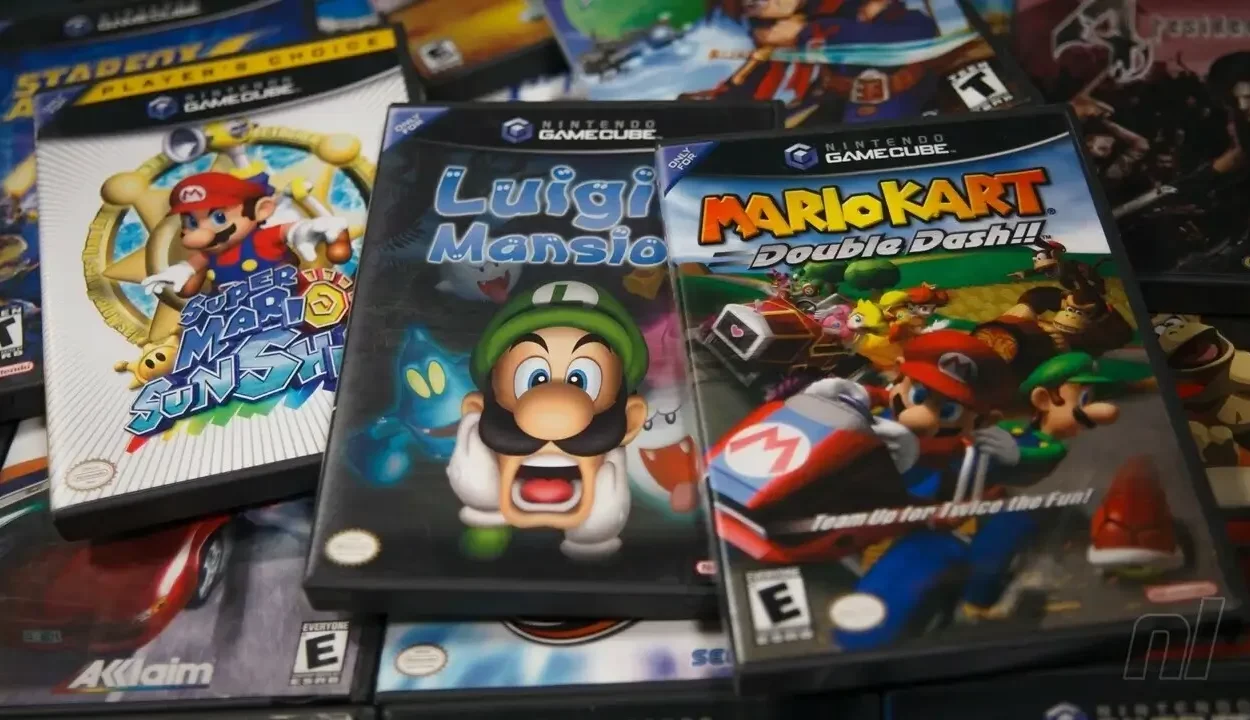
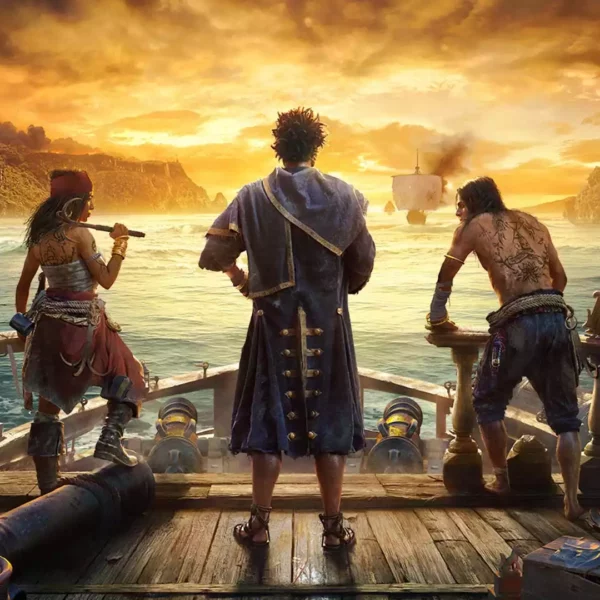
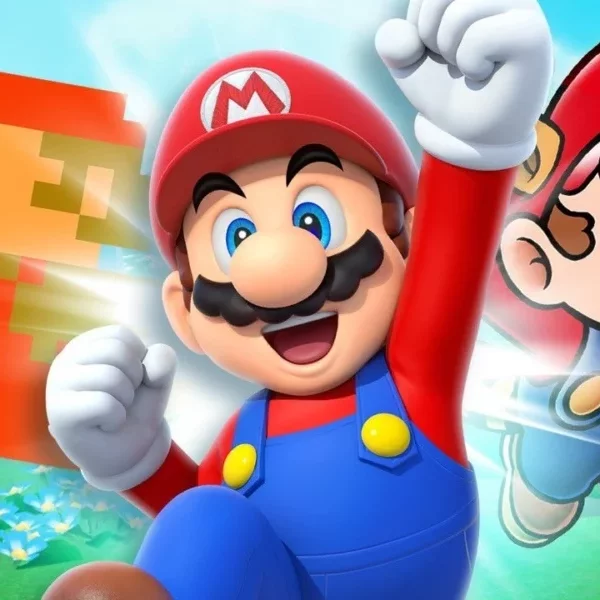
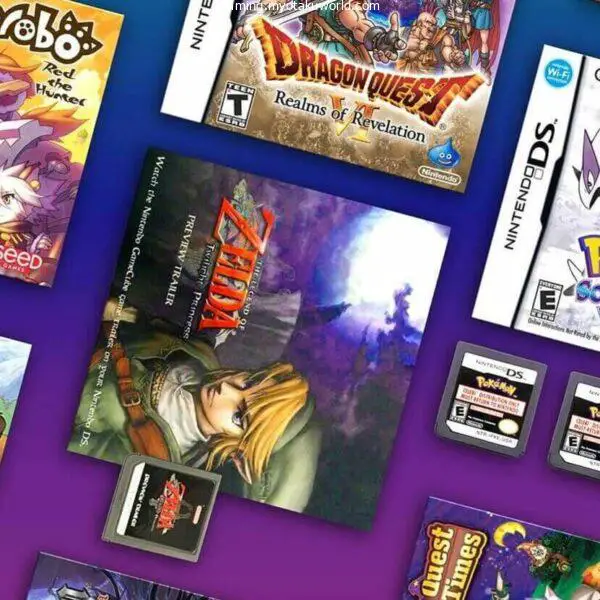
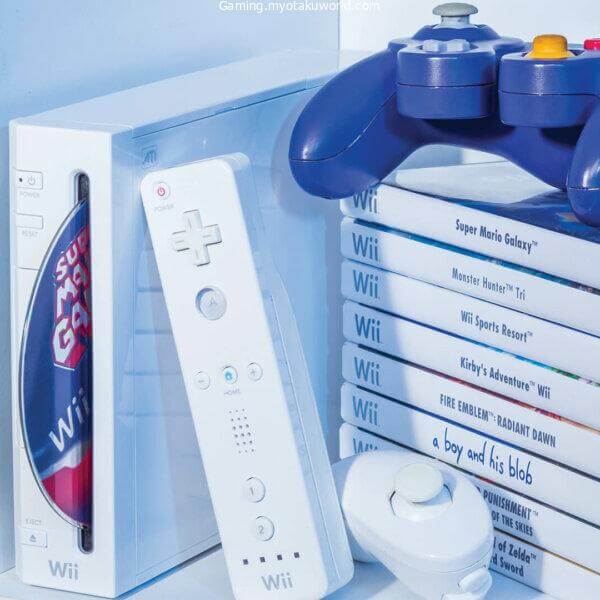
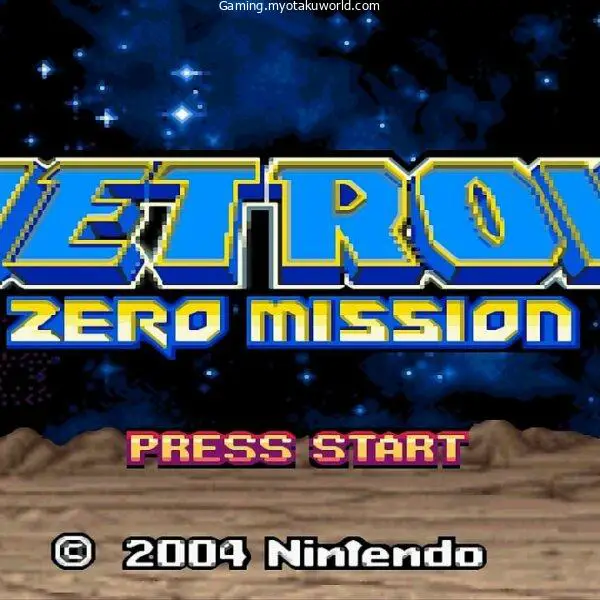
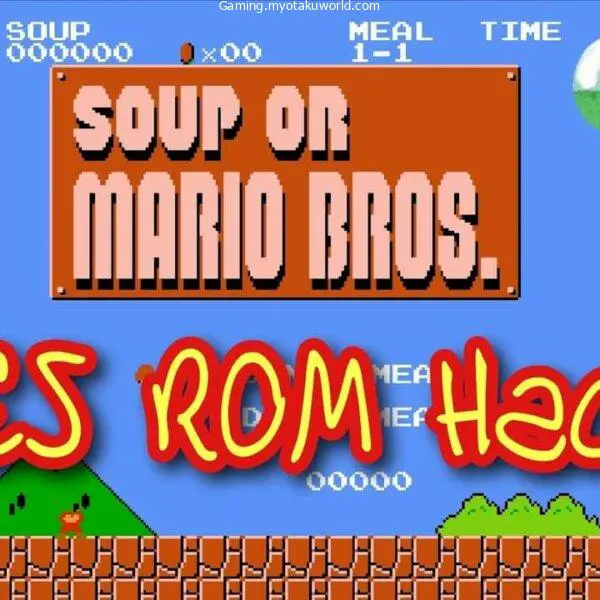
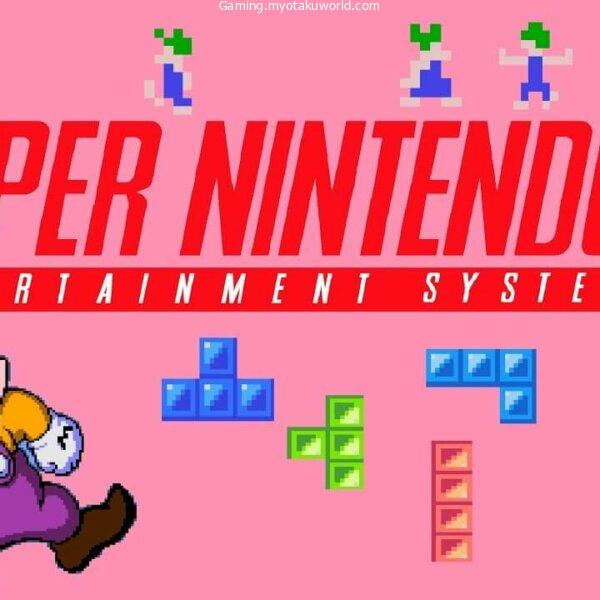
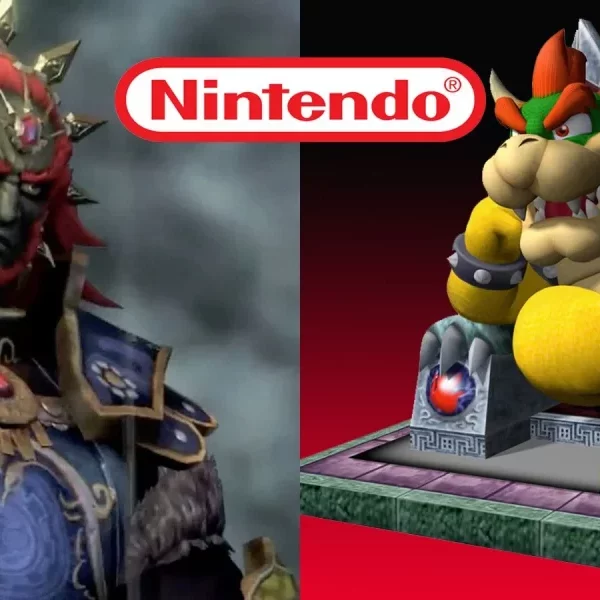
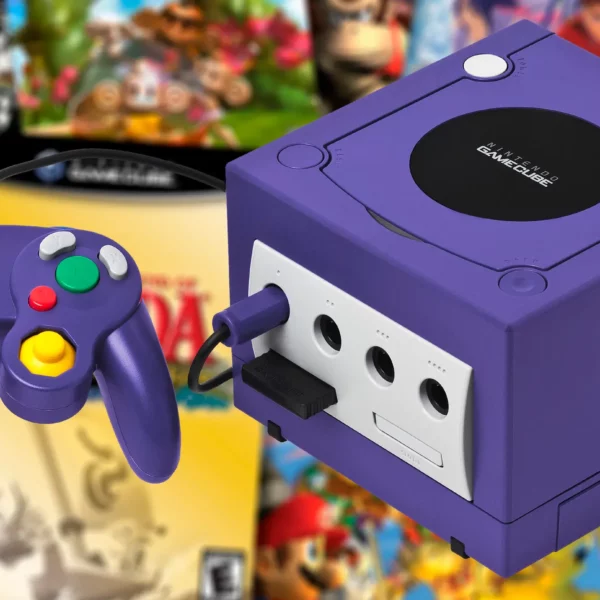
Leave a Comment